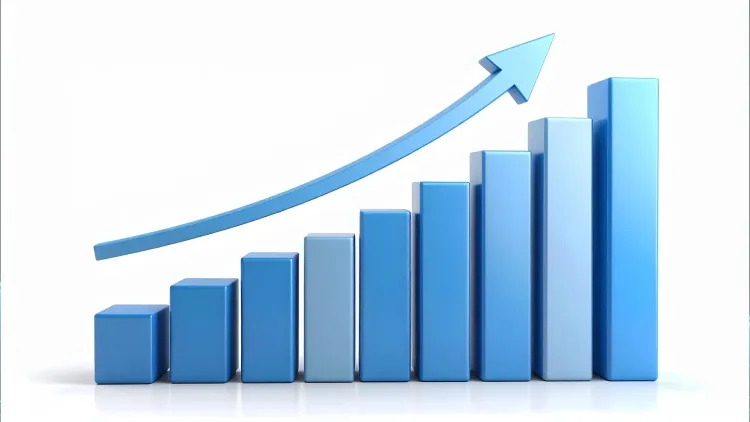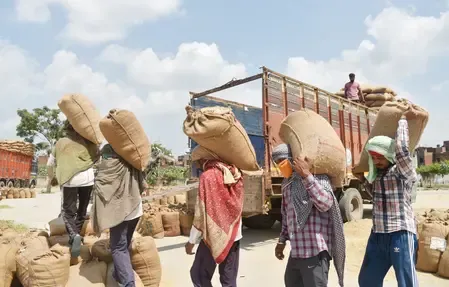Is Rural India Experiencing Increased Consumption Beyond 76%?

Synopsis
Key Takeaways
- 76.6% of rural households report increased consumption.
- Over 78.4% believe inflation is at or below 5%.
- More than 20% of households see higher savings.
- 74.7% expect income growth in the next year.
- Fiscal transfers significantly support household income.
New Delhi, Aug 1 (NationPress) A remarkable 76.6 percent of rural households have indicated a significant rise in consumption, demonstrating a robust economic momentum in rural India, as per a recent survey conducted by the National Bank for Agriculture and Rural Development (NABARD).
The survey, conducted in July 2025, revealed that worries regarding inflation in rural regions have diminished, with over 78.4 percent of households estimating current inflation rates to be at or below 5 percent. This reflects an enhancement in price stability.
Data from the Consumer Price Index (CPI) concerning rural inflation illustrated a decline, moving from 3.25 percent in March to 2.92 percent in April, and further decreasing to 2.59 percent in May and 1.72 percent in June.
Moreover, the survey highlighted that over 20 percent of households reported an increase in savings, indicating an improvement in the financial status of the rural economy. Additionally, more than half (52.6 percent) were found to obtain loans exclusively from formal financial institutions.
The survey also indicated growth in employment and income, with 74.7 percent expecting an increase in income over the next year and more than 56.2 percent anticipating improved job prospects in the near term.
With rising incomes, increased financial inclusion, and growing household optimism, these findings paint a promising picture of rural India.
A surge in fiscal transfer schemes, both in cash and kind—from the central and state governments—has shown strong support for income and spending levels.
"These include subsidies for food, electricity, cooking gas, fertilizers, school needs, transport, meals, pensions, and interest subsidies. On average, these transfers constituted about 10 percent of a household's monthly income," the survey noted.
Such interventions significantly bolster household resilience and alleviate financial strain, especially for vulnerable groups, it added.
Additionally, the July survey indicated that only 2.6 percent of households reported any decline in their perceptions of infrastructure, reflecting heightened satisfaction with essential services such as roads, electricity, water, education, and healthcare.









